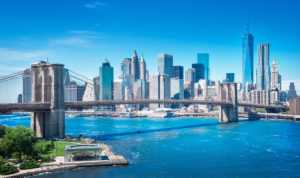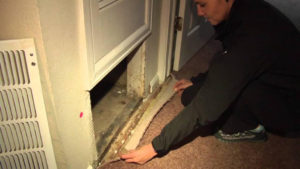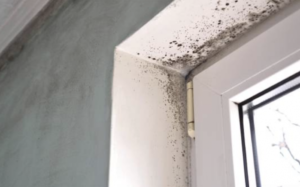New York City’s Mold Problems

Mold is a Health Hazard
This is a valid concern given the fact that mold is a known health hazard. Although it affects many different people in different ways due to their particular individual physiology, it has been shown to cause respiratory problems such as asthma and emphysema, headaches, flu-like symptoms, rashes and even more severe things like memory loss and cancer.

What it has in common with other less densely populated adjacent areas
such as Westchester, Long Island,Putnam, Fairfield and New Jersey is that there is plenty of rain and summer time humidity which acts as a catalyst for mold growth. But what makes Manhattan, the Bronx, and other parts of New York City different than those other regions is that when living in an apartment building or condominium, you have very unique factors that can add to mold problems.
NYC Apartment and Condo Buildings
First of all, most buildings have flat roofs which are the most susceptible to leaking, and require periodic maintenance to control ponding of water and penetration through cracks, flashing and penetrations. Living with neighbors above and below you makes you vulnerable to their problems as well, such as plumbing leaks from bathrooms and kitchens, bathtub overflows, etc. A single shower leak can cause mold problems in adjacent units in several stories below.

Manhattan is an island and the entire city is surrounded by water, so opportunities for mold to grow are plentiful. In such a high-density living environment, those residents are often at the mercy of their neighbors’ mold-creating problems and uncaring supers making them vulnerable to unhealthy mold conditions in a unique way.
